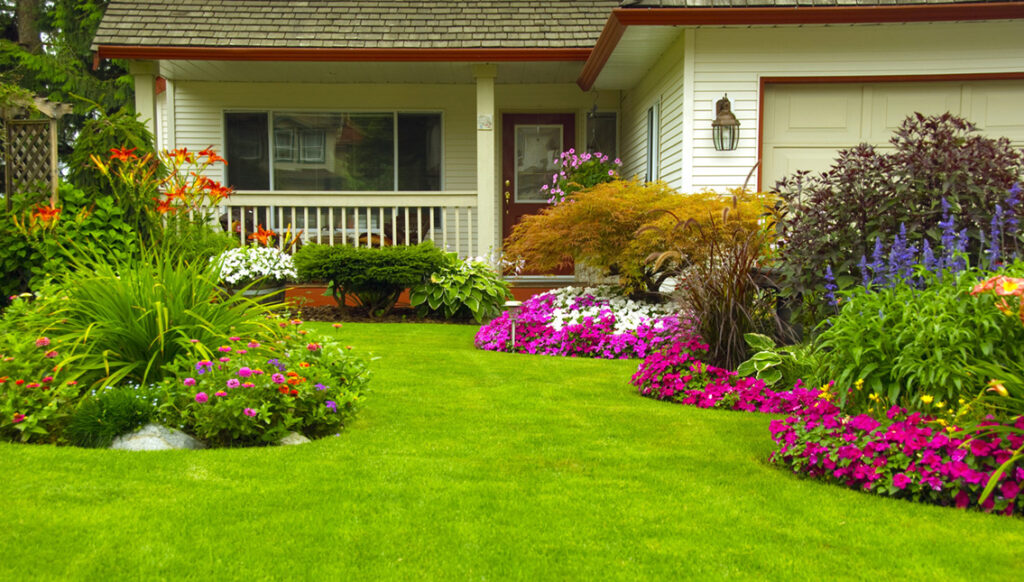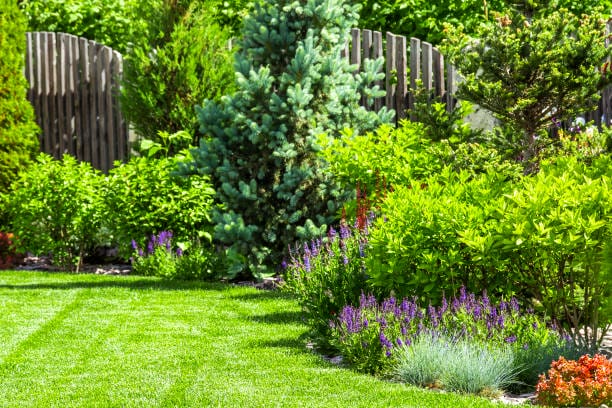Is Your Leander Lawn Ready for Summer? Here’s How to Prepare Like a Pro
As the Texas summer approaches, ensuring your lawn is prepared for the heat is essential to maintaining a vibrant, healthy yard. The intense sun and occasional dry spells in Leander can stress your grass, causing it to wither and turn brown. But don’t worry—by taking the right steps now, you can set your lawn up for success. In this guide, we’ll share expert lawn care tips to help you prepare your Leander lawn like a pro for the upcoming summer season.


Before diving into summer lawn care, start by giving your Leander lawn a good spring cleanup. Rake up any leftover leaves, twigs, and debris from the winter months. This step ensures your grass can breathe and get the sunlight it needs to grow. If you notice any dead patches, consider reseeding or patching them up with fresh sod. By removing debris and giving your lawn a fresh start, you’ll improve its overall health and appearance as it prepares for the summer heat.
Aerating your lawn is one of the most important steps for preparing it for summer. In Leander, soil can become compacted due to foot traffic, drought, and heavy rains. Compacted soil prevents water and nutrients from reaching the roots, stressing your lawn. Aerating the soil by removing small plugs of earth helps to relieve compaction, allowing air, water, and nutrients to reach deeper into the ground.
It’s best to aerate your lawn in early spring, before the summer heat sets in. This gives your grass ample time to establish stronger roots. You can rent an aerator from a local hardware store or hire a professional to get the job done.
Summer puts a lot of stress on your grass, and it’s important to give it the nutrients it needs to survive the heat. Applying a slow-release fertilizer is the key to giving your lawn the nutrients it needs over time. These fertilizers break down slowly, feeding your grass gradually, so it can better withstand the heat and drought. Look for a fertilizer that is high in nitrogen, which promotes strong, green growth.
Fertilizing in early spring gives your lawn a boost, but be sure not to overdo it. Too much fertilizer can lead to thatch buildup and a weakened lawn. Follow the instructions on the fertilizer bag to apply it properly and evenly.
As the temperatures rise in Leander, your grass needs to be able to conserve moisture. One of the best ways to do this is by adjusting your mower’s cutting height. Instead of cutting your grass too short, keep it at a height of around 3 inches. Taller grass provides shade for the soil, helping it retain moisture and reduce the stress caused by intense summer heat.
Additionally, avoid mowing your lawn when it’s wet, as this can cause damage to the grass and soil. Mow in the early morning or late evening when temperatures are cooler and the grass is drier.
Watering is crucial during the summer months, but it’s essential to do it efficiently. Watering early in the morning, before 8 a.m., is the best time to ensure the water doesn’t evaporate in the heat. Early morning watering also gives the grass time to dry off during the day, reducing the risk of fungal diseases.
In Leander, where drought conditions can sometimes occur, it’s important to water deeply but infrequently. Aim for around 1 to 1.5 inches of water per week, including rainfall. A smart irrigation system or rain sensor can help you optimize water usage while keeping your lawn hydrated and healthy.
Weeds are a common problem during the summer, especially when your grass starts to slow down under the heat. Take steps now to prevent weeds from taking over your lawn. Apply a pre-emergent herbicide in early spring to prevent weeds from germinating. These herbicides stop weed seeds from sprouting, reducing the need for chemical treatments later on.
If you already have weeds in your yard, pull them by hand or spot-treat with a selective herbicide that targets weeds without harming your grass. Keeping your lawn healthy through proper mowing, watering, and fertilizing will also make it more resistant to weed growth.
Leander’s hot climate can be tough on certain types of grass. If you’re not happy with the performance of your current lawn, consider switching to more heat-resistant varieties. Bermuda grass, Zoysia grass, and St. Augustine are all great choices for Texas lawns, as they tolerate heat and drought conditions much better than cool-season grasses.
Conclusion
Preparing your Leander lawn for summer is all about getting ahead of the heat. With these expert tips, you can ensure your grass stays lush, green, and healthy throughout the summer months. By cleaning up, aerating, fertilizing, and adjusting your mowing habits, you’ll help your lawn thrive even in the hottest weather. With a little proactive care, you’ll enjoy a beautiful, vibrant lawn all season long.



